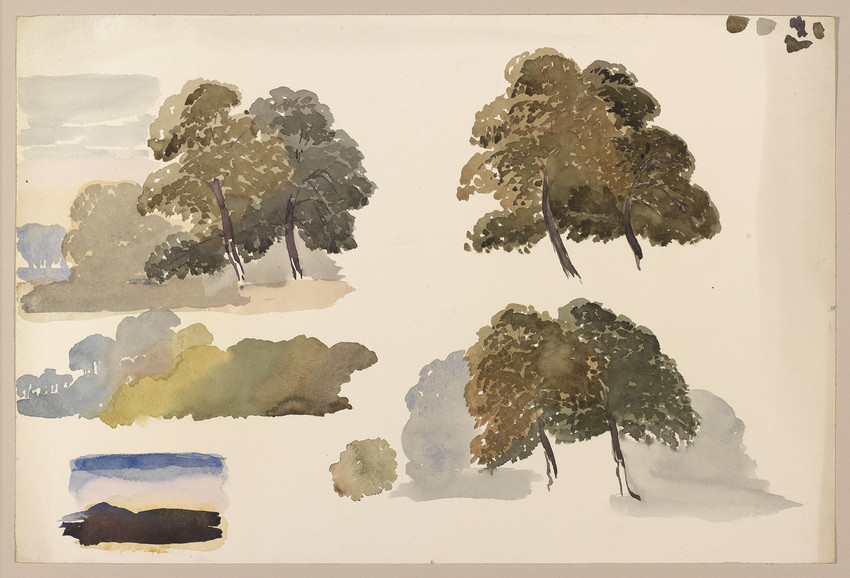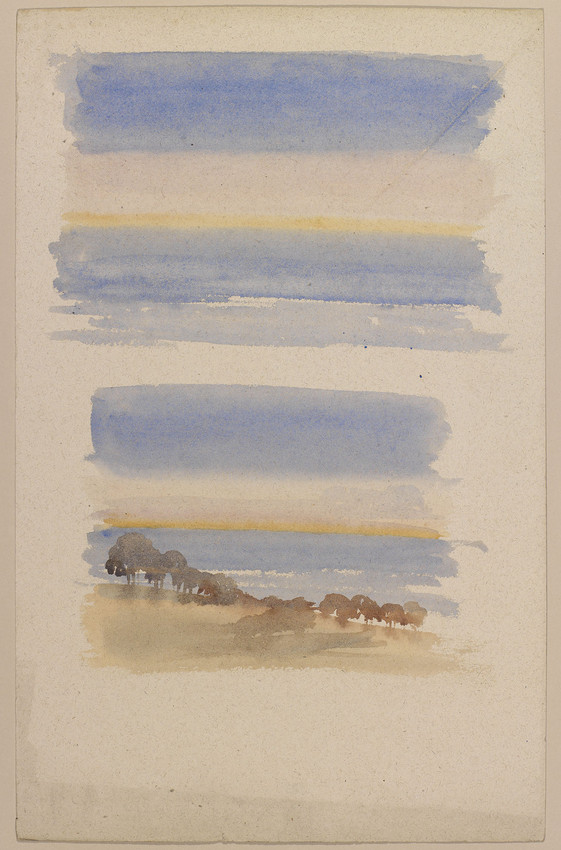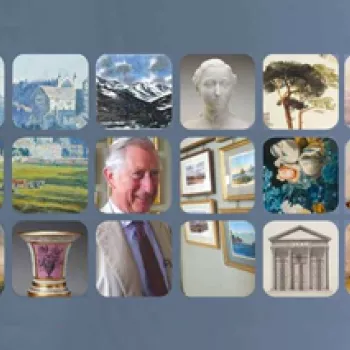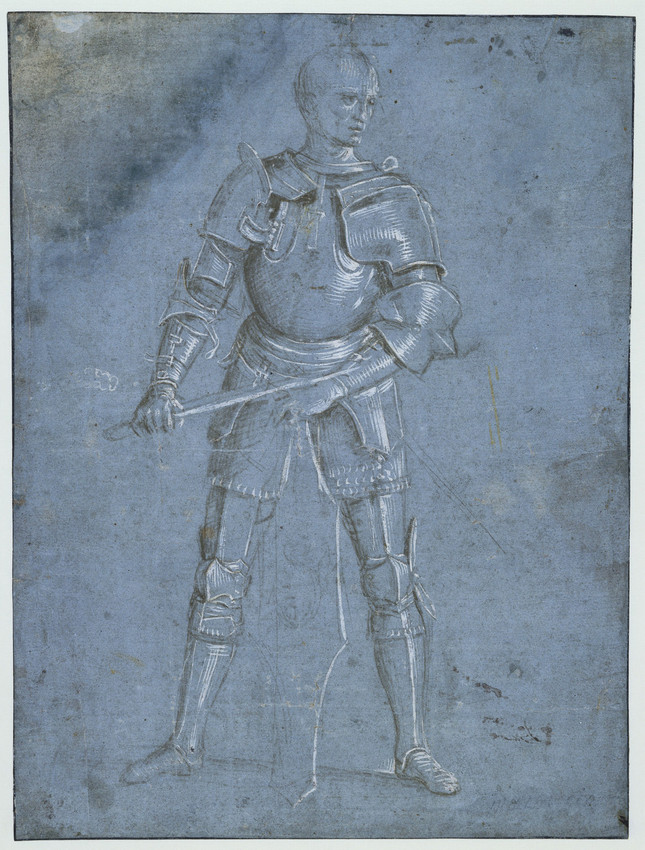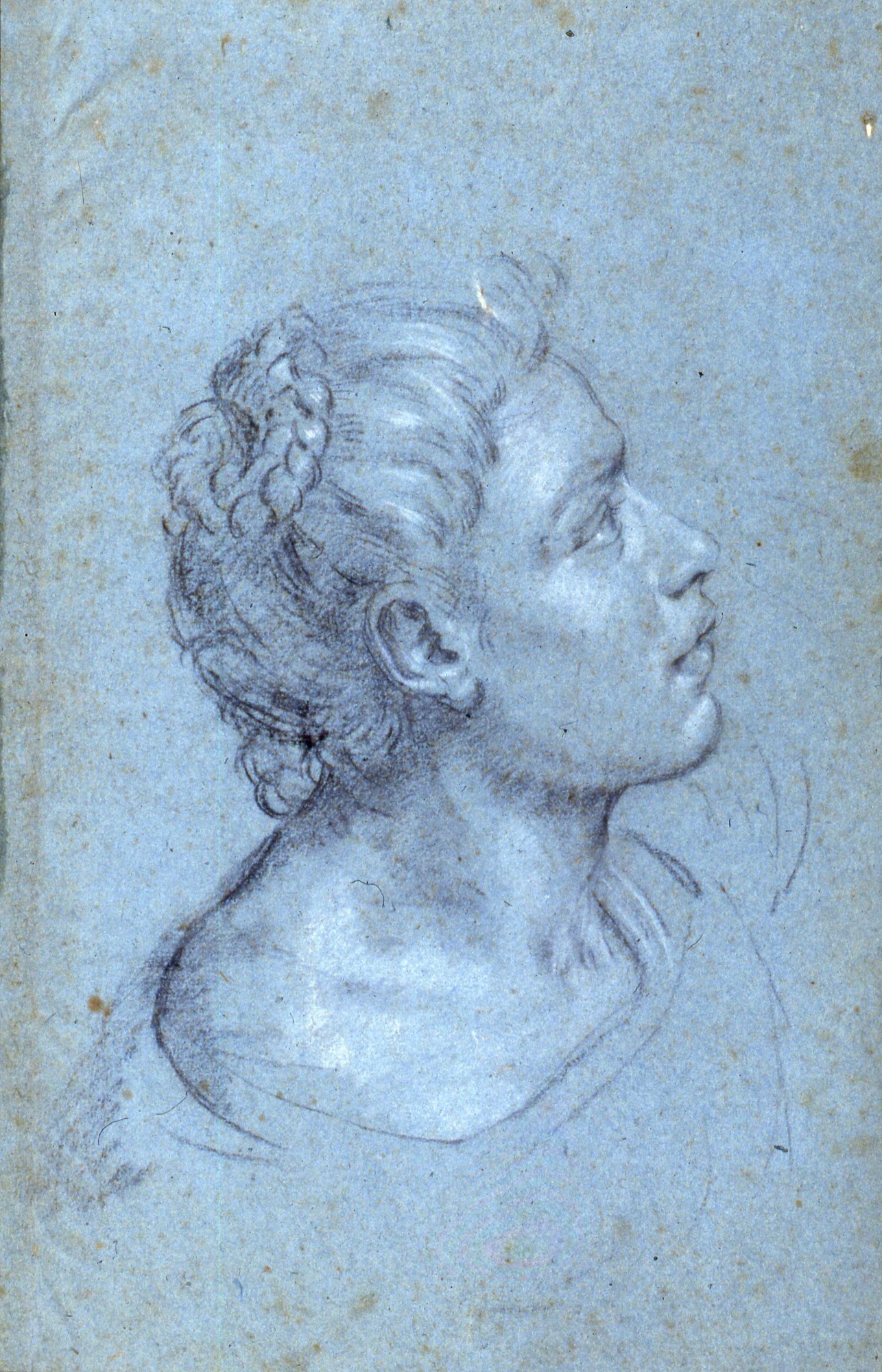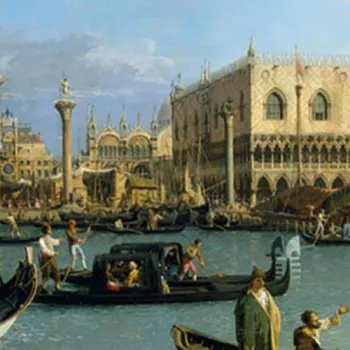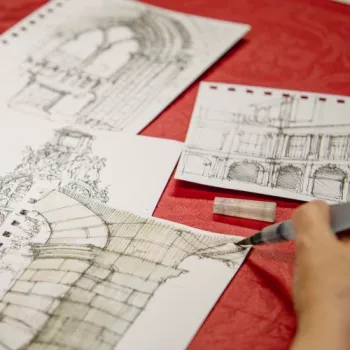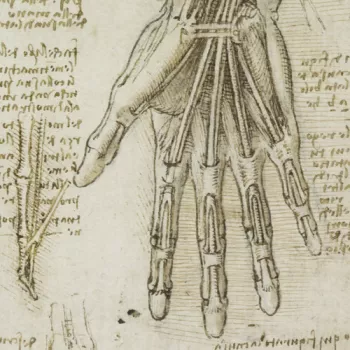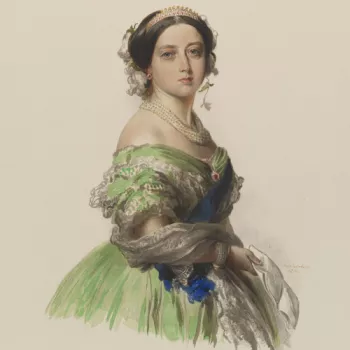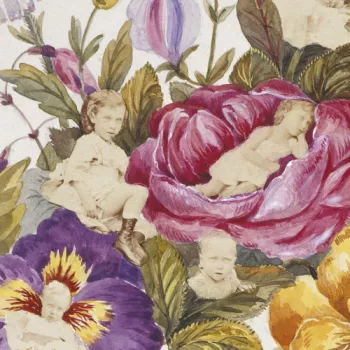Art techniques

The Royal Collection contains thousands of paintings, drawings and prints. You can explore many of them on this website, which can be used as a resource to inspire you to create and improve your own artworks.
Here are three techniques, with examples from the Royal Collection, that you might like to try to enhance your own paintings and drawings.
Watercolour
A royal artist
Queen Victoria was a skilled watercolour artist and she often took her sketchbook when she went travelling. She would walk around her Scottish estate at Balmoral to record the scenery in watercolour. In 1850, Queen Victoria and Prince Albert converted the King’s Closet at the Palace of Holyroodhouse, Edinburgh, into a Breakfast Room. The couple would spend time there together painting watercolours of the ruins of Holyrood Abbey, which could be seen from the window.
Queen Victoria made this practice sheet when she was learning to paint in watercolours.
Experiment with colour and water
Watercolour paint usually comes in a pallet of hard, coloured blocks. When mixed with water the colours become diluted and the paint more fluid. On this practice sheet, Queen Victoria has layered different colours to create new ones, and added different amounts of more water to create varied effects. Why not try experimenting with colour and water to see what effects you can achieve on your very own practise sheet? Begin by painting sky colours and trees, then challenge yourself by choosing a different outdoor scene, perhaps from a photograph. If you have some, it is best to use watercolour paper for this activity. Watercolour paper is strong and does not wrinkle when wet.
More from Queen Victoria
Here are some more of Queen Victoria’s practice sheets to inspire you.
Using coloured paper
Colour, black and white
Using coloured paper can create a unique look to your drawing. While white paper might seem like the obvious choice, the artist who created the drawing on the left decided to use blue paper as a background. The highlights are in white and the dark parts in black, leaving the blue of the paper blank, to form the middle tone.
This drawing was made for the Italian scholar Cassiano dal Pozzo. In the seventeenth century, Cassiano asked artists to draw unusual objects, antiquities and items from the natural world for his collection. With these drawings, he created a museum on paper, which you can learn about here.
Try this technique
Can you create a picture using a similar technique? Draw a simple self portrait with the help of a mirror. Use only white chalk and dark pencil or crayon on coloured paper. Make sure the paper is not too light or dark, to allow the highlights and dark tones to show.
Here are some more examples from the Royal Collection to inspire you.
Pen and ink hatching
Canaletto draws Venice
Canaletto was an Italian painter who was famous for painting beautiful city views, particularly of Venice. This view of the Grand Canal in Venice showcases his technique of creating shadows by using parallel hatching. Parallel hatching might sound complicated, but it is a simple series of lines. The lines are drawn closer together to create a dark effect and further apart where the drawing needs to be lighter. The lines can be crossed over to create cross-hatching – this technique can be seen in the top right corner of Canaletto’s drawing.
Be inspired with pen and paper
Canaletto’s amazingly detailed drawing is made using only pen and brown ink on white paper! Can you create a drawing using his cross-hatching technique? Try drawing your house from your garden or the buildings you can see from your window. Pay attention to dark and light areas and use parallel or cross-hatching to re-create them in ink.




